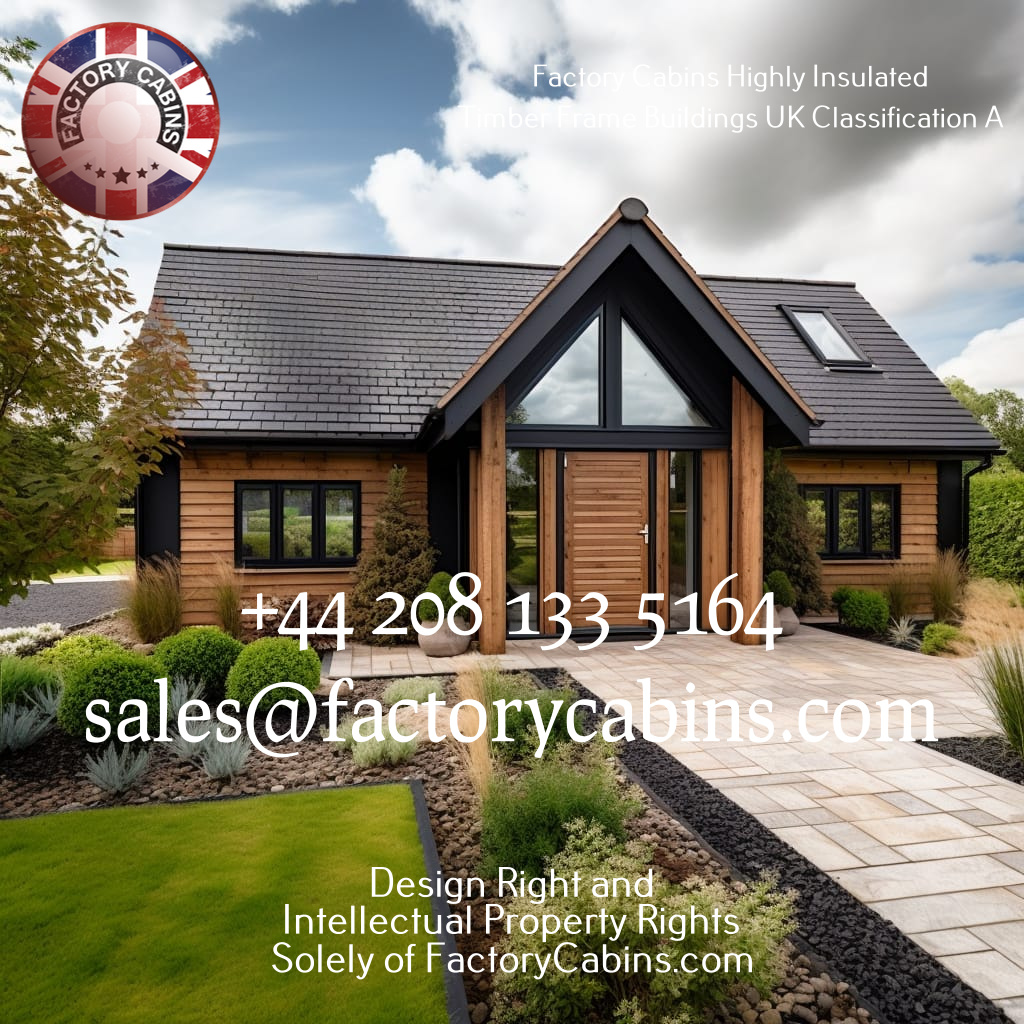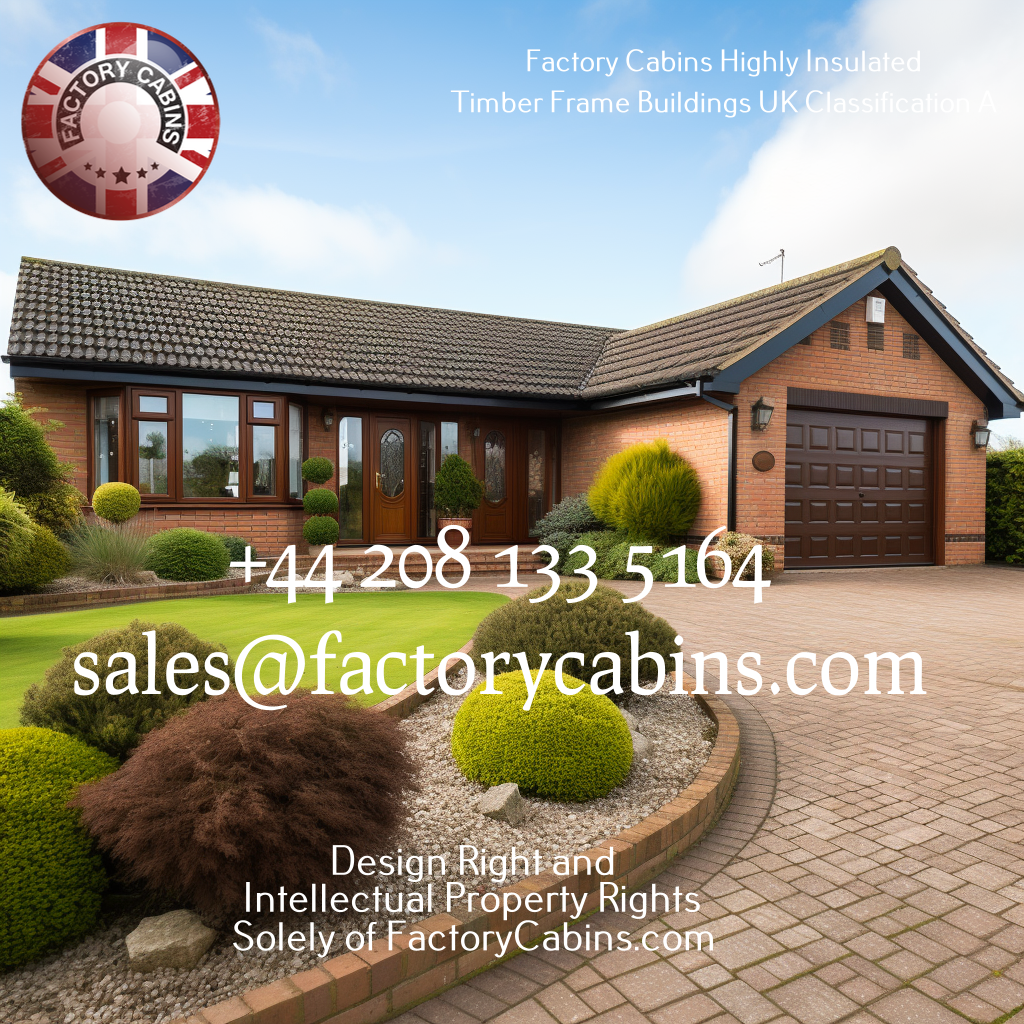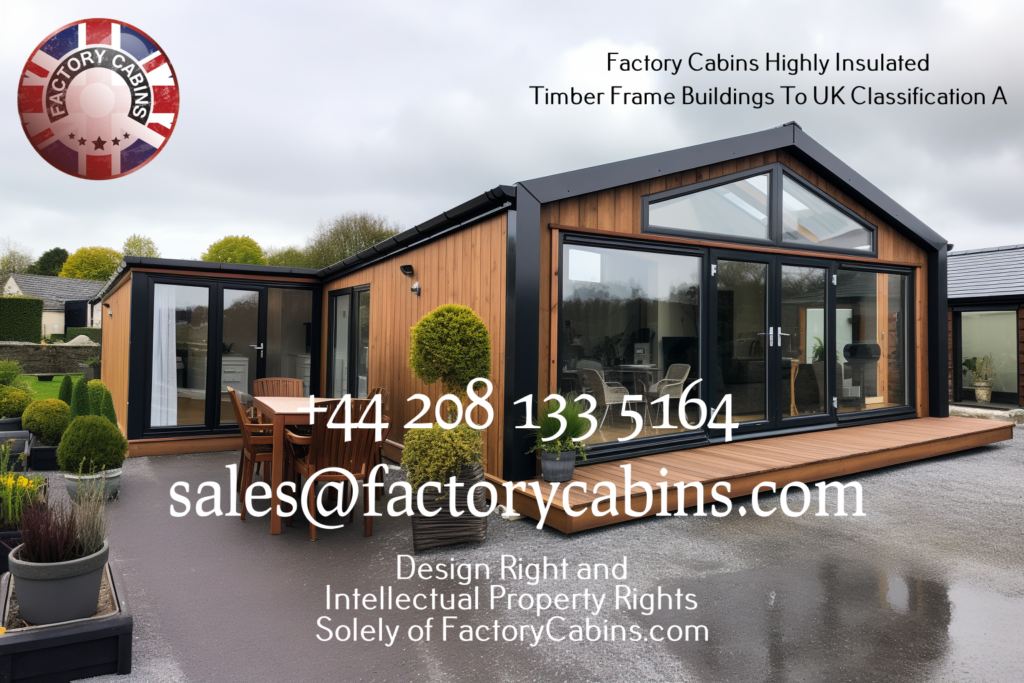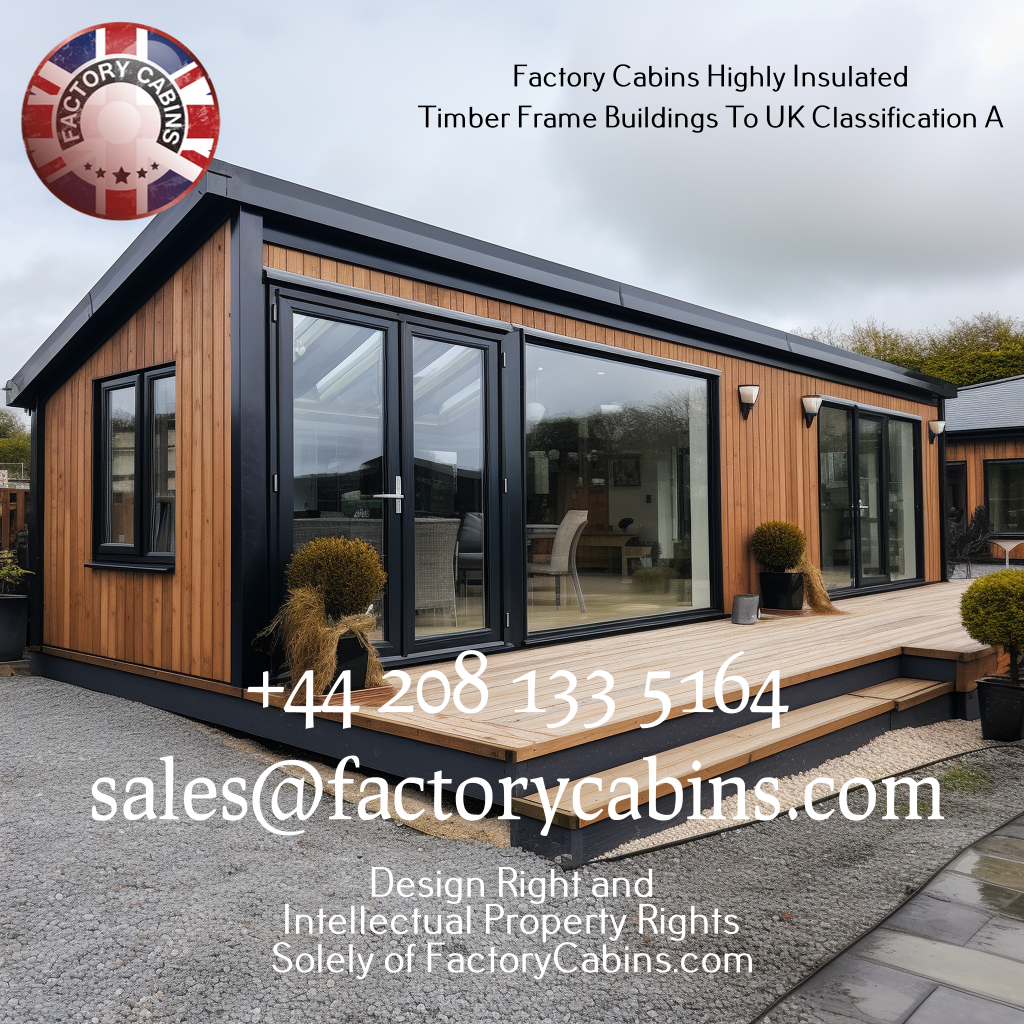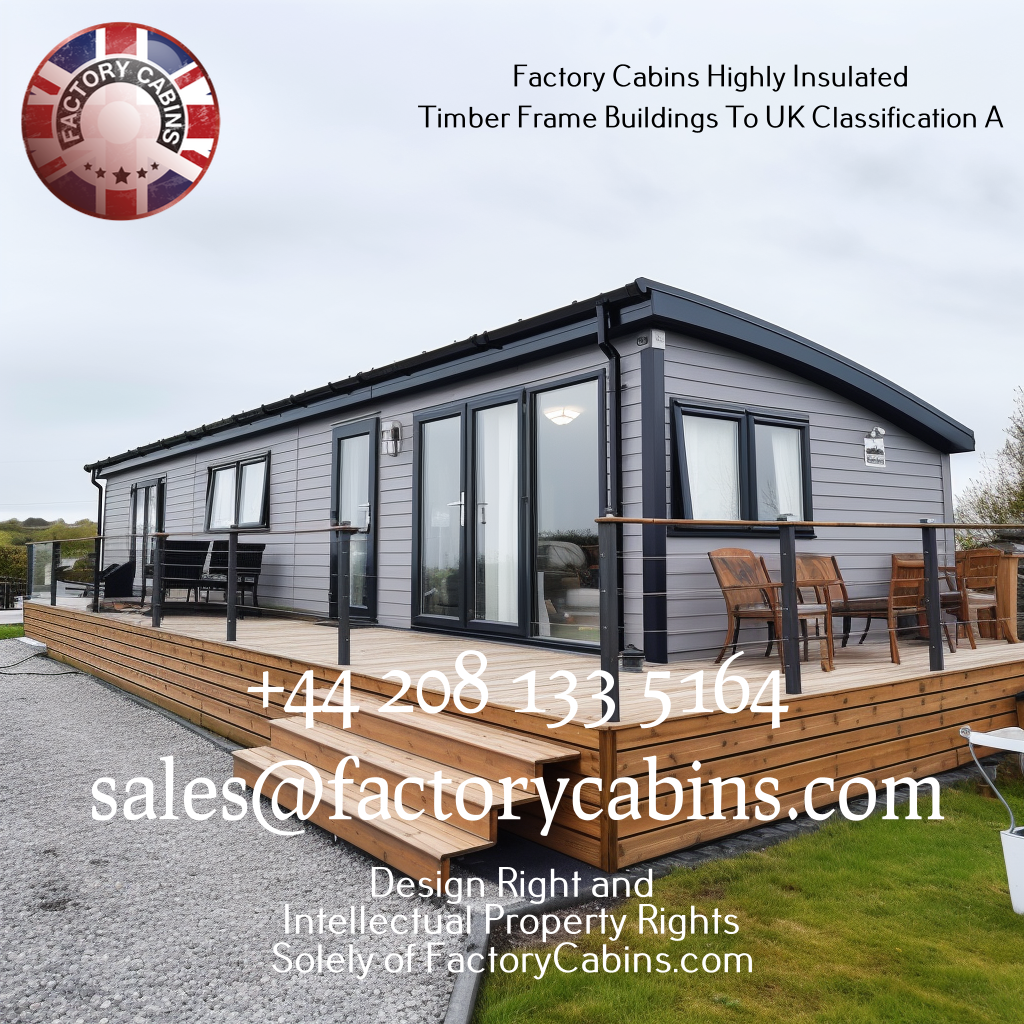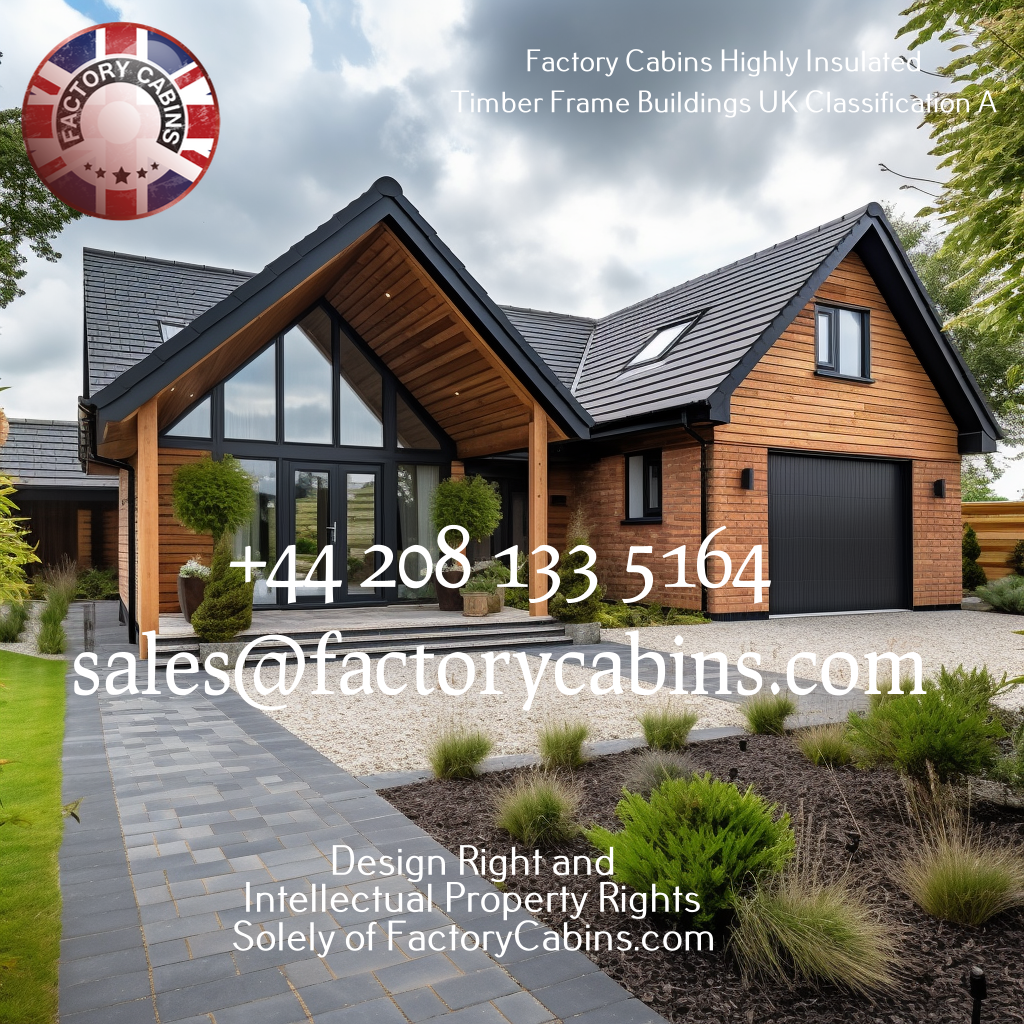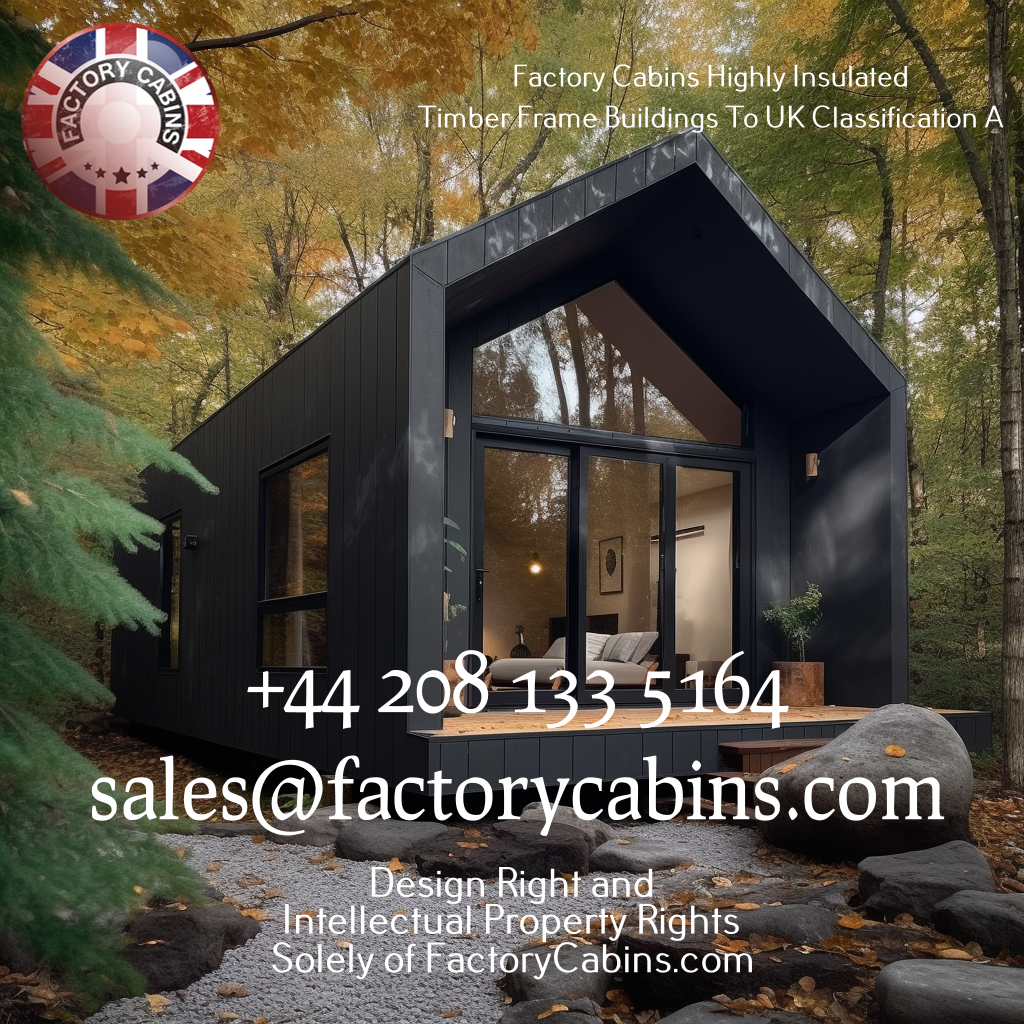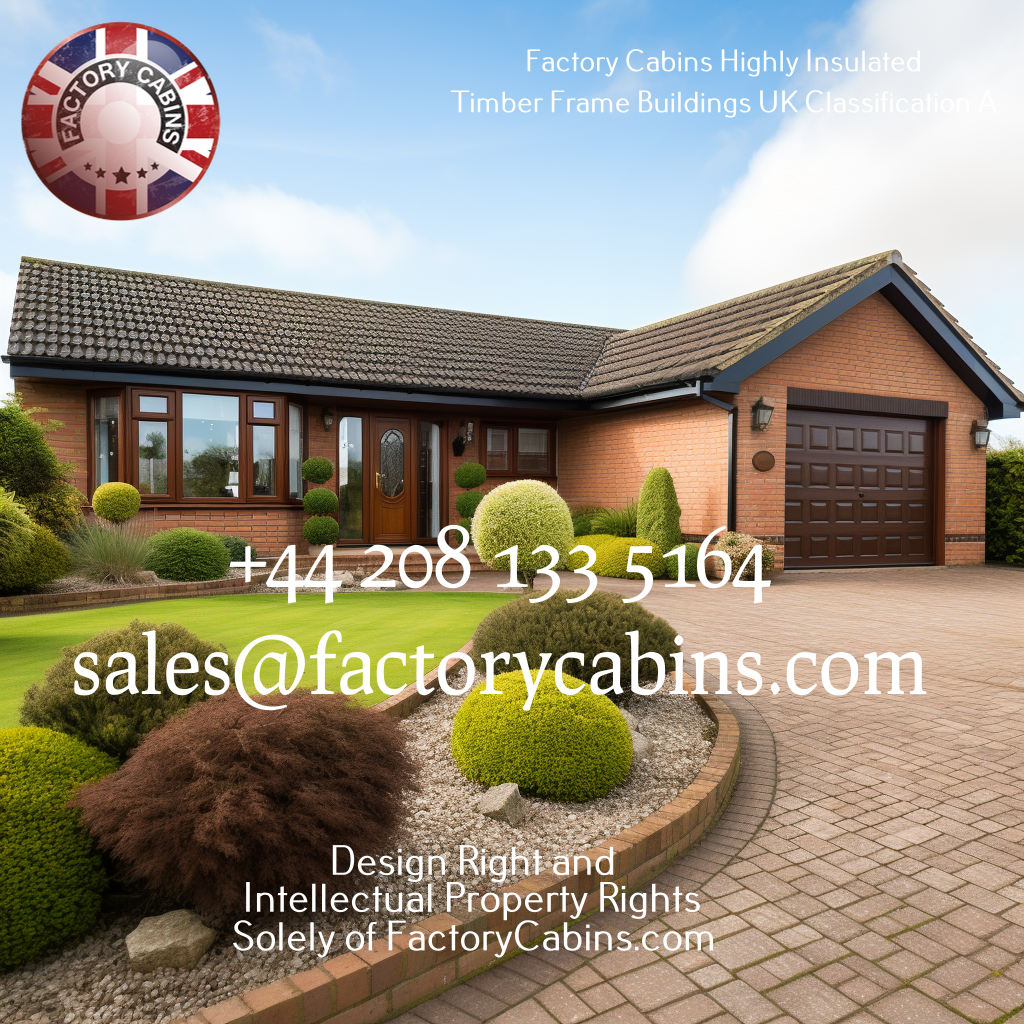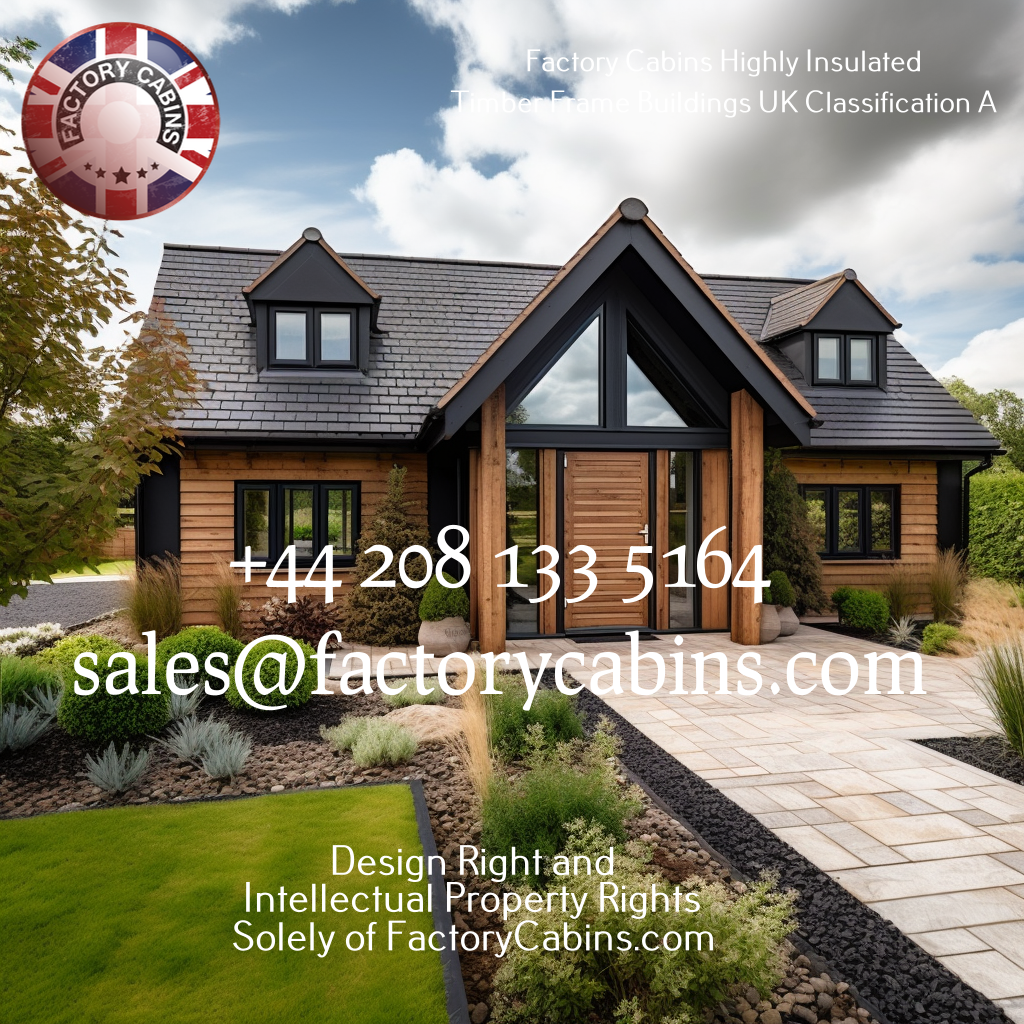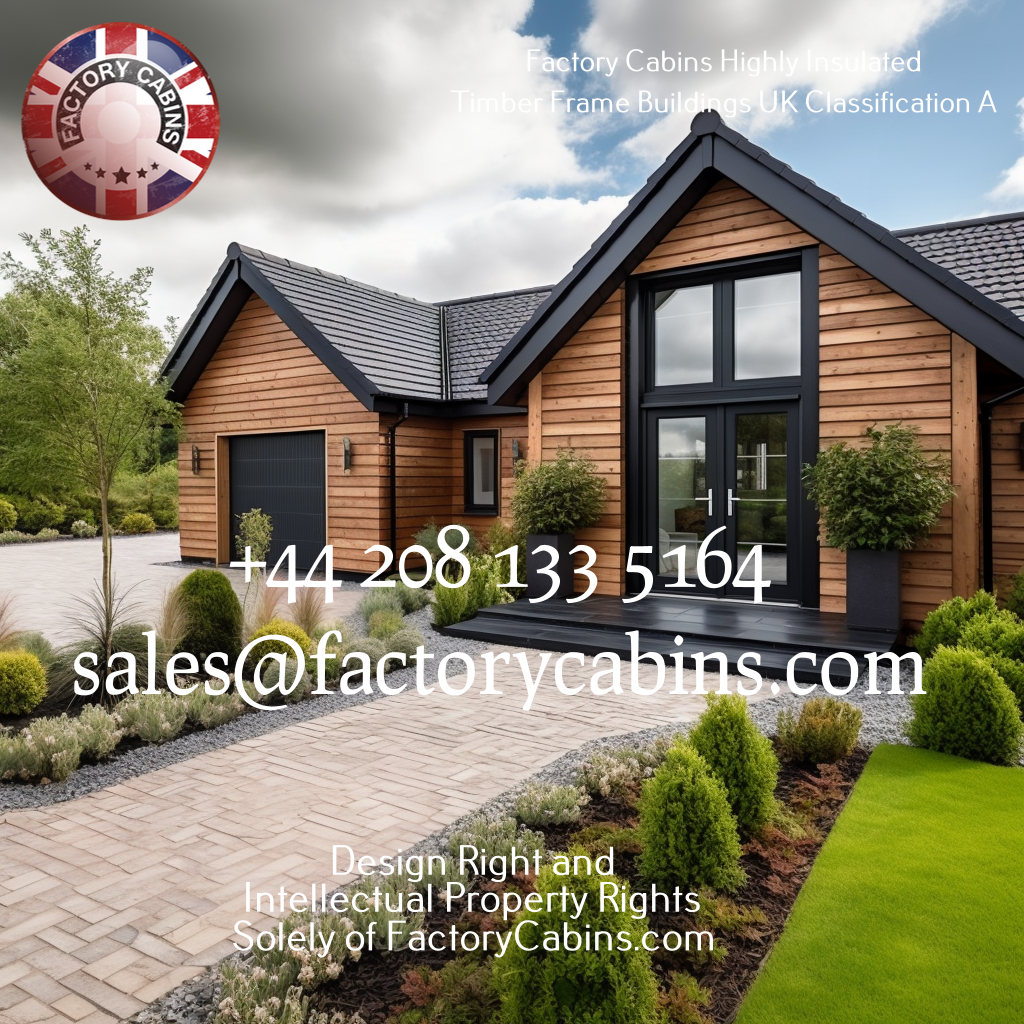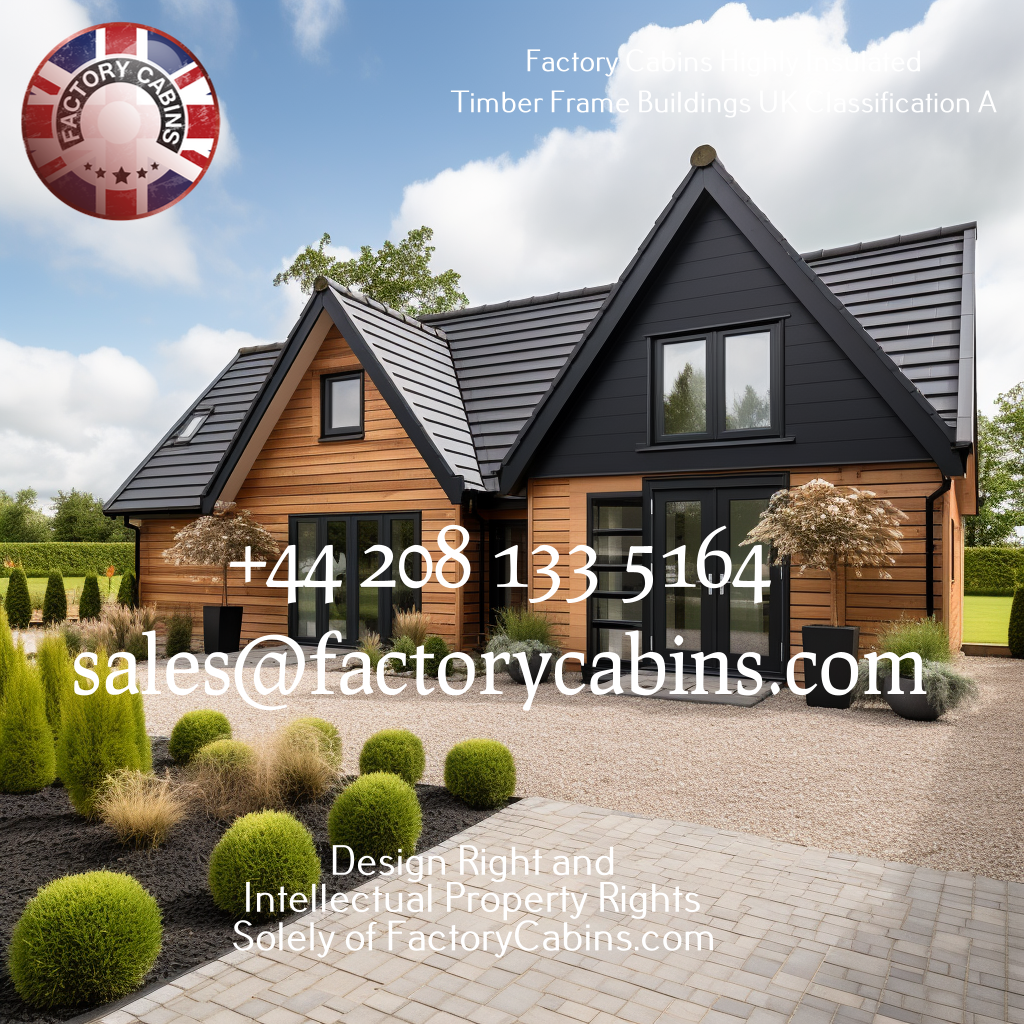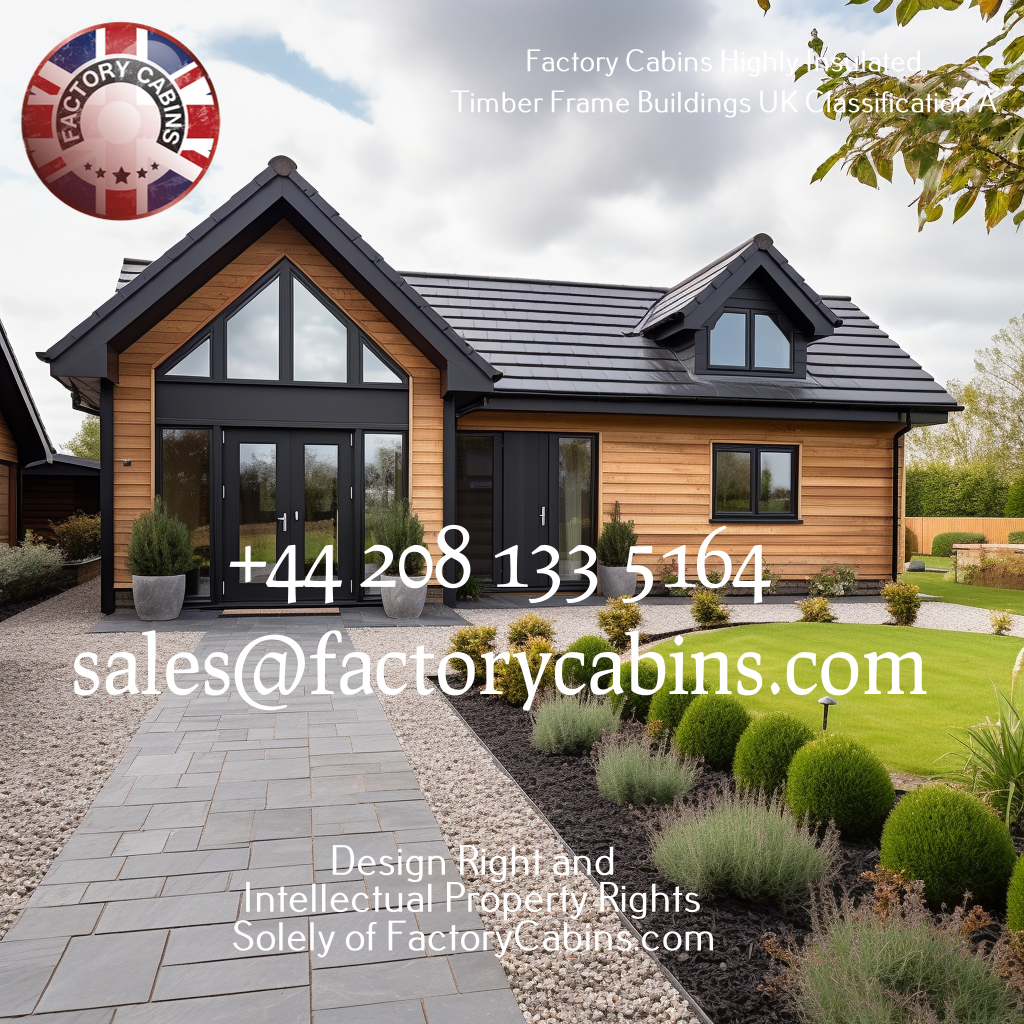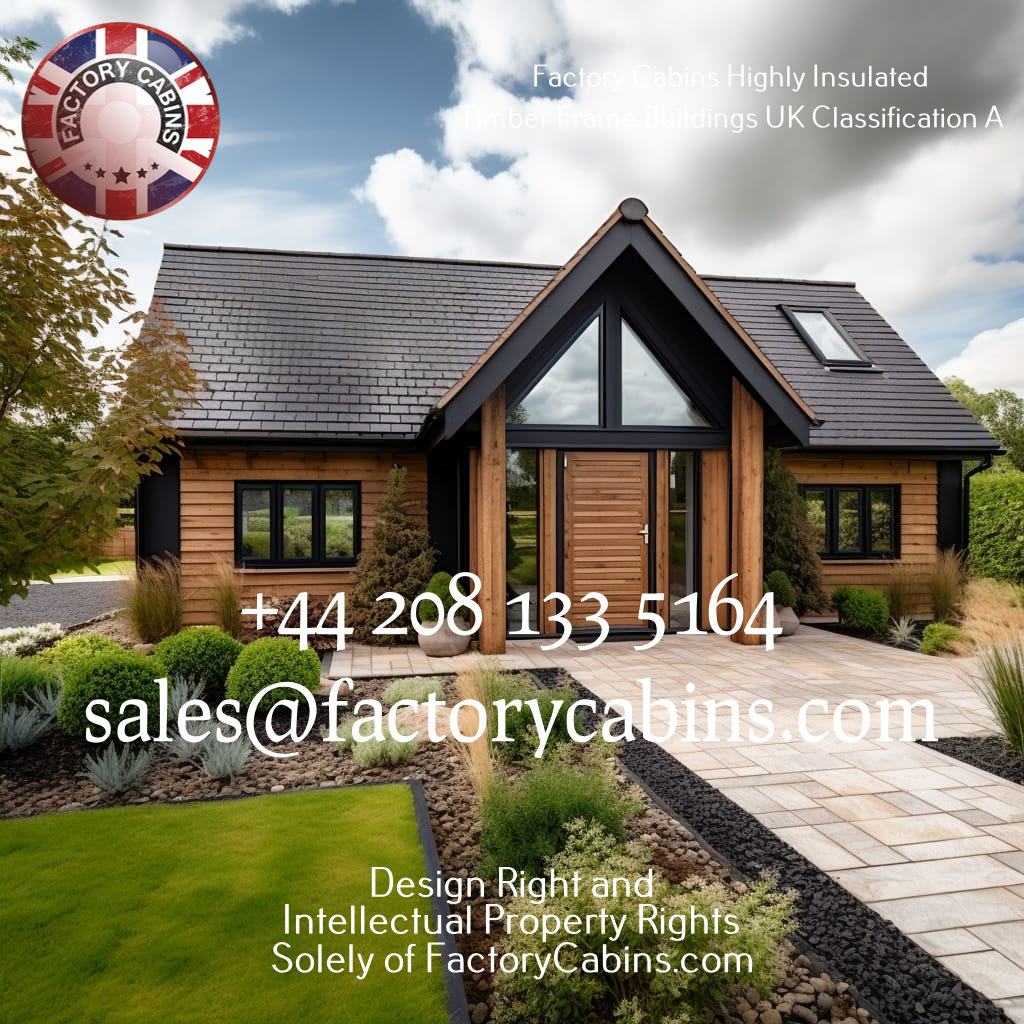Factory Cabins Ltd. creates timeless elegance.

Factory Cabins Ltd. brings you the finest timber houses that combine usefulness and aesthetic appeal in our pursuit of architectural perfection. Our dedication to exceptional craftsmanship and a strong grasp of timeless design have enabled us to distinguish ourselves in the world of timber construction. We go into the world of Factory Cabins Ltd. in this article, analysing their rich history, exceptional workmanship, and why our offers are positioned to outperform the competition.
Factory Cabins Ltd.: A Look Back in Time

A Tradition of Excellence
Factory Cabins Ltd. has a long history that dates back to 2001. We have years of expertise in building unique timber constructions that capture the beauty of a bygone period. Their heritage reflects their constant dedication to producing high-quality timber buildings.

A Masterpiece Legacy
Factory Cabins Ltd. has created a collection of outstanding projects that have made an everlasting impression on London’s architectural scene throughout the years. Their portfolio includes a wide range of stunning designs, from sophisticated garden apartments to gorgeous wooden gazebos. Their creations are more than simply structures; they are pieces of art that will last a lifetime.
Superior Craftsmanship: Our Unique Selling Point

The Craft of Timber Building
Factory Cabins takes pride in its superb craftsmanship. Every timber building we build is a labour of love, a synthesis of precise engineering and creative vision. Our trained artisans carefully pick the best timber, ensuring that each item is both strong and beautiful.

Personalised Design for everyone’s Tastes
There is no such thing as a one-size-fits-all solution. We recognise that your timber structure should represent your own style and needs. Our professional designers collaborate with you to create a one-of-a-kind masterpiece that is suited to your unique requirements. Your vision, along with our skills, is a marriage made in architectural heaven.
The Foundation of Sustainability
Factory Cabins Ltd. is committed to environmentally responsible practises in an era where sustainability is more important than ever. Our lumber is derived from ethically managed forests, guaranteeing that your investment in a timber structure is an investment not just in beauty but also in the preservation of our world.
The Factory Cabins Ltd Advantage

Quantity versus Quality
Factory Cabins Ltd. stands out as a quality beacon in a market crowded with mass-produced constructions. We value the quality of our work over quantity, and each timber structure is a tribute to our commitment to excellence.
Unrivalled Durability
Our log cabins and timber buildings are constructed to endure a lifetime and beyond. To ensure longevity, we employ time-tested construction processes and excellent materials, making your investment in a timber structure prudent.
The Elegance Aspect
The aesthetics of Factory Cabins Ltd. should never be compromised. Our designs are more than simply buildings; they are declarations. You’re not simply getting a structure when you buy a factory cabin timber building; you’re getting a piece of art that adds refinement to your surroundings.
Factory Cabins Ltd. shines as a beacon of excellence in the field of timber structures and log cabins. We give you more than simply buildings; we offer you a heritage of eternal elegance, thanks to our rich history, exceptional workmanship, and shared dedication to sustainability.

Choose Factory Cabins Ltd. for a timber structure that exceeds expectations, defies trends, and is built to last.
Factory Cabins takes great pleasure in our timber frame and log cabin designs. We feel that our designs are truly one-of-a-kind, and we are glad to state that they can only be found here.
One of the key reasons our designs are unique to us is that we have our own staff of highly trained and experienced designers. We do not merely buy pre-made ideas from other sources; rather, we employ our own team’s skill, creativity, and enthusiasm for design to create distinctive and inventive timber frame and log cabin designs.
Furthermore, we understand that each customer has unique interests, preferences, and needs when it comes to their ideal cabin. That is why we provide a totally customizable design process. Our in-house designers collaborate directly with our clients to create a design that properly meets their demands and vision. This level of personalised and intimate design guarantees that each cabin is one-of-a-kind and suited particularly to our clients’ preferences and needs.
In addition, at Factory Cabins, we prioritise sustainability and eco-friendliness in our designs. We endeavour to employ sustainable materials and building processes in all of our designs to reduce our environmental impact. Our designs include natural materials and energy-efficient features, making them not only unique but also environmentally responsible.
Another feature that distinguishes our designs is their endurance and lifespan. Our timber frame and log cabins are intended to last, with high-quality and durable materials. We pay close attention to detail and have strong quality control systems in place to ensure that our cabins are built to the highest standards.
Last but not least, our designs benefit from our years of industry experience. We have been designing and building timber frame and log cabins for many years, and our expertise and understanding have only expanded with time. We are constantly striving to enhance and reinvent our designs while staying current with industry trends and practises.
Finally, our timber frame and log cabin designs are unique to us due to our skilled design team, totally customizable approach, emphasis on sustainability and durability, and years of experience. We are committed to providing our clients with great and exclusive designs that are adapted to their needs, making their goal of having a beautiful and unique cabin a reality. Choose Factory Cabins for a really one-of-a-kind wood frame or log cabin experience.
Please call us on +44 0208 133 5164

